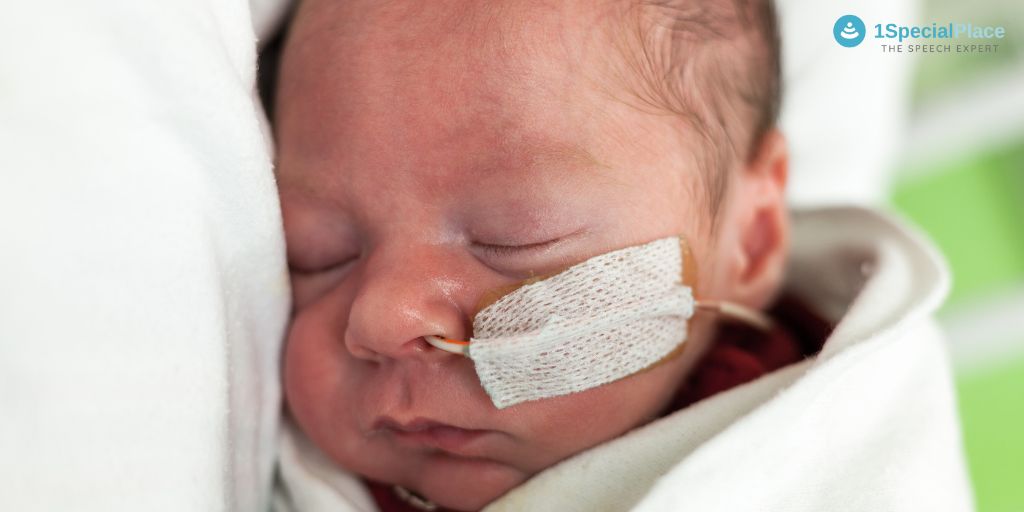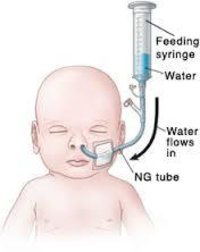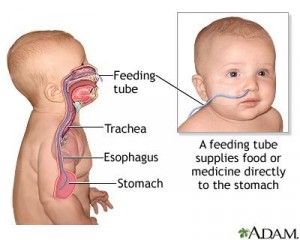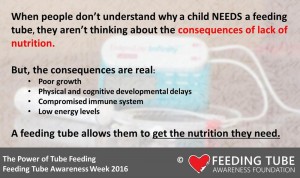
What is Tube Feeding?
What is Tube Feeding?
Tube feeding Is generally involves delivering a liquid feed through the nose (nasal tube) or stomach (gastrostomy tube). Feed types include expressed breast milk, infant formula or a specialised liquid feed.
Key points to remember
- It helps your child to meet their nutritional needs when they are not able to eat or drink enough by mouth
- It may be used if your child can’t safely swallow liquids, foods, or medications
- it is possible for you and others to learn how to use the feeding tube safely at home
- it is difficult to say how long your child will need a feeding tube. Many children are able to stopIt when it is no longer medically required. It is considered prolonged when it continues for longer than 3 months
- It will not limit your child’s ability to participate in the community or in physical activities
- a range of professionals may be involved in helping your child
Who may be involved?
There will be a range of professionals supporting you and your child with tube feeding. These professionals may also help your child begin to change to feeding by mouth (oral feeding). Your child needs this range of professionals (called a multidisciplinary team) because of the different factors that contribute to feeding. The professionals can include:
- family doctors (GPs)
- paediatricians
- children’s community nurses
- dietitians
- speech language therapists
- psychologists
- occupational therapists
How will It affect my child and our family?
It takes some adjustment, but many families report relief at seeing that their child is getting the nutrition, liquid (hydration) or medications that they need. With the help of your health professionals, you will be able to learn to use the feeding tube safely at home. If safe, your child will still be able to eat by mouth (orally) while they have a feeding tube.
Your child will still be able to take part in physical activities (such as swimming, bike riding) and go to day care or school. People who care for your child will also be able to learn to use the feeding tube.
It can be helpful to have some prepared responses to questions people in the community may ask about the tube (what it is for, why it is there, etc).
Click here to read a guide for Parents & Friends PDF
Article Reference – Pediatric Society of New Zealand.
- Addressing the Silent Struggle in Special Needs Children - December 22, 2023
- Swallowing Difficulties: A Comprehensive Guide - December 12, 2023
- 6 Simple Steps to Enhance Speech Clarity and Connect with Confidence - November 3, 2023




Leave a Comment
(0 Comments)